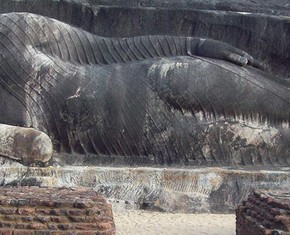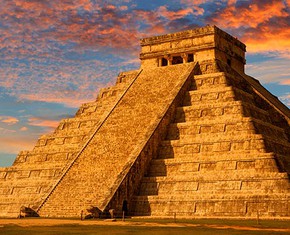The views expressed in our content reflect individual perspectives and do not represent the authoritative views of the Baha'i Faith.
Know verily that the purpose underlying all these symbolic terms and abstruse allusions, which emanate from the Revealers of God’s holy Cause, hath been to test and prove the peoples of the world; that thereby the earth of the pure and illuminated hearts may be known from the perishable and barren soil. From time immemorial such hath been the way of God amidst His creatures, and to this testify the records of the sacred books. – Baha’u’llah, The Book of Certitude, p. 47
With this quote from Baha’u’llah in mind, let’s consider what Jesus himself said about resurrection.
In Mark (12:18ff), Jesus told the Sadducees who do not believe in resurrection that Abraham, Isaac, and Jacob were still alive in the time of Moses. He explained, that because God is the God of the living and not the dead, when God identified Himself to Moses as the God of Abraham, Isaac, and Jacob — that meant that these souls were still alive. From this we understand that to Jesus the term “resurrection” referred to life in the next world.
In John (11:25), Jesus told the sisters of Lazarus that he was the resurrection. Jesus, of course, was still alive, so what could he have meant? Perhaps Jesus meant that people find life in him; and/or that he shared a spiritual identity with the Prophets of the past so that they were resurrected in him. Either way, in Christ’s own words, resurrection had nothing to do with bodies coming back to life.
Jesus also spoke of the return of the Son of Man, for example in Matthew 24. Given the logic above, this new appearance of the Son of Man could also be considered a resurrection, as each must be essentially one thing; each born of the one substance of God.
This created a conundrum for the early Christian theologians and clerics. Having succeeded in creating the myth of a physical resurrection of Jesus, the myth-makers had to figure out a way to get His body back to heaven again.
The groundwork for doing this had already been laid by the time the New Testament scriptures began to evolve. Elijah had already been credited with ascending to heaven by a chariot of fire and a whirlwind (2 Kings 2:11) and rabbinical tradition had it that three went up alive to heaven: Enoch, Moses, and Elijah. At about the same time the gospels were being written and transcribed, Josephus had also written that at the death of Moses: “a cloud suddenly appeared over him and he disappeared in a certain valley, although he wrote in the holy books that he died, which was done out of fear, lest they should venture to say that, because of his extraordinary virtue he went to God.” We can see here that literary precedent made a physical ascension to the sky a possibility in those times, and of course clouds had also always served as a good symbol for anything mysterious.
So the leaders of Christianity determined that Jesus must ascend on a cloud up into heaven. This stratagem may have worked in a time when people believed in a physical heaven — but it doesn’t work now, because we know no physical heaven exists. If one did exist, couldn’t we see its occupants with a telescope? Other difficulties also arise if you make the resurrection physical, and then must get rid of the body by sending it aloft. Physical bodies have a difficult time breathing as they ascend into the stratosphere.
These literal problems with religion speak directly to our level of spiritual understanding. As Baha’u’llah writes in the Book of Certitude, the Prophets and Messengers of God expect us to look beyond the physicial, the material and the obvious. They expect us to gaze into a much more mystical and spiritual reality; to see beyond what our five senses can perceive; to look with the eyes of the spirit; to grow our plants of the soul in “the earth of the pure and illumined hearts.”

















Comments
Sign in or create an account
Continue with Googleor